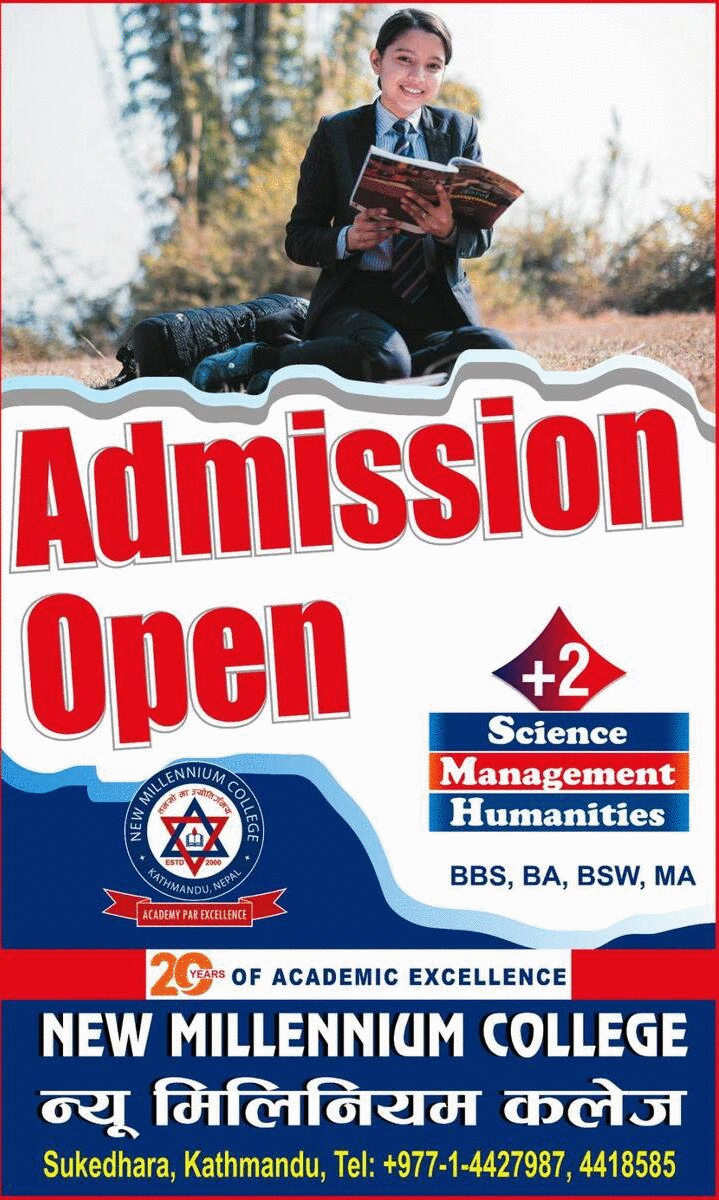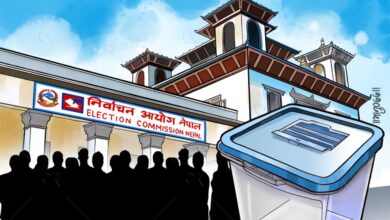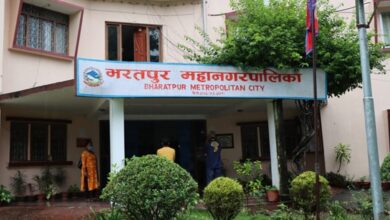Written by Christophe Jaffrelot | Published: August 11, 2018 12:16:34 am
Hindu Rashtra, de facto
X
Most of the lynchings reported between 2015 and 2018 were perpetrated by vigilante militias or the result of the atmosphere they created, often using social media. (Illustration: Mithun Chakraborty)
The media often presents cow-related lynching cases as spontaneous reactions of the mob. Certainly, some ordinary people take part in them. But the perpetrators’ ideological orientation could be surmised from the fact that they often make their victims raise slogans such as “Gau mata ki jai (Hail the cow-mother)” or “Jai Hanuman (Hail Hanuman)”. That the choice of victims for assault had less to do with cow protection than with underlying hostility toward Muslims is clear in the way Hindu cow-breeders and transporters have been spared during attacks — Pehlu Khan’s truck driver got away with a mere slap, whereas the others, all Muslims, were beaten (one of them to death). More importantly, most of the lynchings reported between 2015 and 2018 were perpetrated by vigilante militias or the result of the atmosphere they created, often using social media.
The most visible Hindu nationalist organisation in this domain, the Gau Raksha Dal (GRD), has chapters in Punjab, Uttar Pradesh, Rajasthan, Himachal Pradesh, Gujarat, Madhya Pradesh, Maharashtra, Goa, Delhi and Haryana. In Haryana, one of the movement’s strongholds, the GRD emblem is a cow’s head flanked by two AK47s. Elsewhere, daggers replace firearms on the movement’s coat of arms. In practice, its members use cruder instruments like cricket bats, hockey sticks, lathis and so on.
In Haryana, the GRD and police have arrived at a division of labour. The president of the Haryana GRD, Yogendra Arya, told Ishan Marvel, the author of a remarkable piece of investigative journalism (‘In the name of the mother’, The Caravan, September 2016): “We have a huge network of volunteers and informants. […] As soon as someone sees something fishy, they call us up, and we then inform the volunteers of the relevant district, and the local police, who then set up joint nakas — checkpoints — to catch the smugglers. […] Police can’t do what we do, they have to follow the laws. They don’t have the resources and network we have.” The GRD thus acts as a community cultural police, with members closely monitoring the deeds of those who deserve not only to be reported, but also punished.
In Haryana, the convergence of two types of policing — official and unofficial — has reportedly been strengthened by the creation of a “cow task force” within the state police. An IPS officer heads this network, which has specialised officers in each district. These officials allegedly work with the GRD: In some respects, the state subcontracts policing tasks to non-state actors, turning them into a para-state force.
The other Indian state that criminalised beef consumption by law in 2015, Maharashtra, has taken similar steps. The state government appoints Honorary Animal Welfare Officers to implement this new law — former gau rakshaks have been hired for these jobs.
In Haryana, the osmosis between vigilante groups and the state goes well beyond this. Yogendra Arya, the national vice-president of the GRD, sat on the board of the Gau Seva Ayog, a Haryana government institution devoted to cow welfare, along with 10 others, who like him are longstanding members of the Sangh Parivar. The lack of distinction between non-state actors and government authorities has probably never been so great.
These developments have triggered a new dynamics of state formation, as defined by Bruce Berman and John Lonsdale. In their study The Unhappy Valley, Berman and Lonsdale distinguish the formation of the state as a social institution and state-building as an administrative process. Reasoning solely in terms of state-building tends to reduce authority only to official agents and their actions. Berman and Lonsdale take into account private actors who work their way into the process of state formation through the “vulgarisation of power”, which involves commandeering public authority to further private ends. This approach has obvious heuristic advantages for the analysis of Hindu vigilante groups and their relationship to the state.
Collusion between police and Hindu nationalist movements is indeed evidence of the start of a transition from a state-building process, in which the administrative and coercive apparatus is supposed to treat all citizens equally, to a state-formation process wherein majoritarian non-state actors impose a social and cultural order. What adds a layer of complexity to Berman and Lonsdale’s model is that in India, these non-state actors enjoy state protection. Though the authority they exercise is illegal, it is nevertheless seen as legitimate by the state in that it is inspired by the values and interests of the dominant community to which the government is accountable. In that sense, the Sangh Parivar is more of India’s deep state than a parallel government, all the more so as the BJP is part of the Parivar. This shift from a neutral state to an ideological Hindu Rashtra illustrates a form of violent majoritarianism that can be observed in all countries where vigilantes bring minorities to heel with the more or less tacit agreement of shadow forces that share their biases or ideology (the relationship between white supremacists’ militias and the police in the US could provide other examples).
In addition to the Sangh Parivar’s influence at the grass roots and within the state apparatus, another variable needs to be factored in, as evident from the way a police officer recently bowed to UP Chief Minister Yogi Adityanath on Guru Purnima. In that case, the authority of the saffron-clad chief minister was not only due to its temporal power but also because of his spiritual authority, a status no political leader has had in India. That is conducive to still another type of state, theocracy.
Not only has the prime minister abstained from condemning lynchings, some legislators and ministers have extended their blessings to the lynchers. Only a few of the lynchers have been convicted so far. Whenever lynchers have been arrested, the local judiciary has released them on bail. If the executive, legislature or judiciary do not effectively oppose lynchings, India may remain a rule-of-law country only on paper and, in practice, a de facto ethno-state.
The Hindu Rashtra label, in fact, perfectly describes the process at stake: It refers as much to a people united by blood ties, culture and social community codes, and a political framework. It is at once a society, civilisation, nation and state. In this way, the Sangh Parivar’s work partakes in a new formation of the state, the formation of a de facto Hindu Rashtra based on unofficial, societal regulation with the blessing of the official state. If one day the Constitution of India is amended, it may become a de jure Hindu Rashtra.




